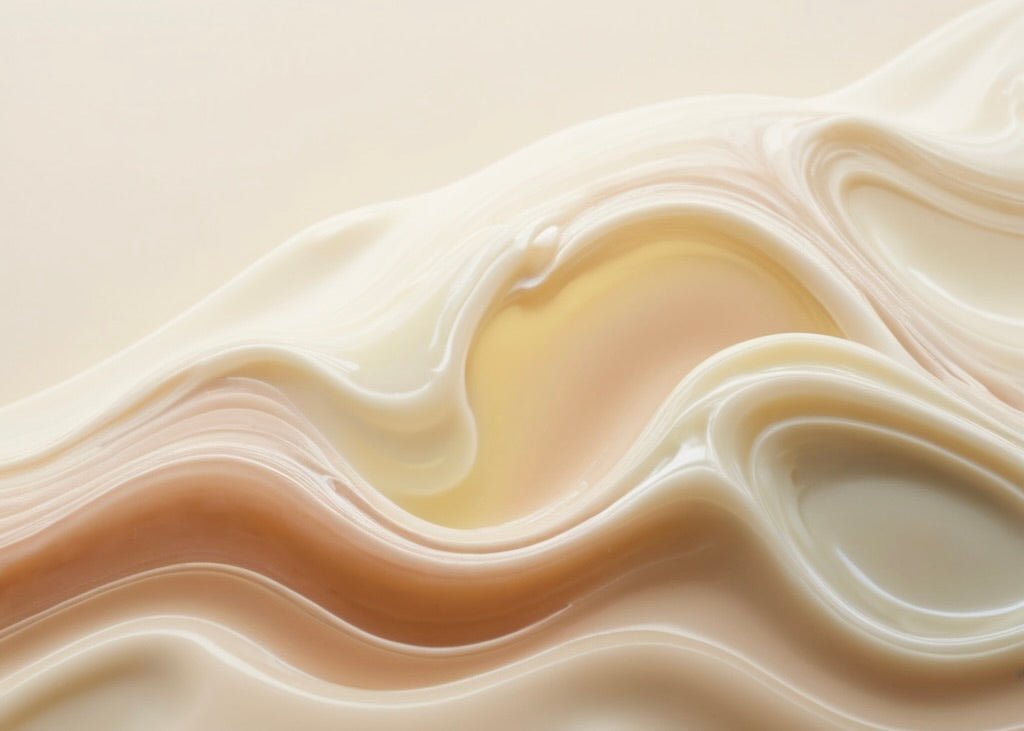
How Much Moisturizer Should You Use on Your Face?
The quest for perfect skin is a journey that many of us embark on. One of the most common questions that arise in this journey is about moisturizing - how much moisturizer should you use on your face? The answer to this question is not as simple as it may seem. It depends on various factors such as your skin type, the climate you live in, and the type of moisturizer you use. In this comprehensive guide, we will delve into all these factors and more to help you understand how much moisturizer your skin truly needs.
Understanding Your Skin Type
Before we get into the specifics of how much moisturizer you should use, it's important to understand your skin type. This is because the amount of moisturizer you need can vary greatly depending on whether your skin is dry, oily, combination, or normal.
Dry skin tends to be flaky, itchy, and rough. It is often in need of extra moisture, so if you have dry skin, you may need to use more moisturizer than someone with oily or normal skin. On the other hand, oily skin is characterized by an excess of oil on the face. While it might seem counterintuitive, oily skin also needs moisturization. However, the amount needed is typically less than that for dry skin.
Dry Skin
People with dry skin often experience a tight feeling, especially after cleansing. This is due to a lack of natural oils in the skin. If you have dry skin, you may need to use a larger amount of moisturizer to adequately hydrate your skin. However, it's important to remember that more is not always better. Using too much moisturizer can lead to a greasy feeling and may even cause breakouts.
When choosing a moisturizer for dry skin, look for ingredients that are natural and sustainable, such as hyaluronic acid and shea butter. These ingredients not only provide intense hydration but also help to lock in moisture, keeping your skin hydrated for longer.
Oily Skin
Contrary to popular belief, oily skin needs moisturization too. However, the amount needed is less than that for dry skin. Over-moisturizing can lead to an overproduction of oil, resulting in a shiny appearance and clogged pores.
For oily skin, it's best to use a lightweight, water-based moisturizer. Look for ingredients like green tea and aloe vera, which are known for their oil-control and soothing properties. These natural and sustainable ingredients not only help to balance oil production but also keep your skin hydrated without making it feel greasy.
Climate Considerations
The climate you live in can also affect how much moisturizer you should use. In dry climates, the air lacks humidity and can strip your skin of its natural moisture. As a result, you may need to use more moisturizer to keep your skin hydrated. On the other hand, in humid climates, the air is saturated with moisture, so your skin may not need as much additional hydration.
It's also important to consider seasonal changes. During the winter months, the air tends to be drier, so you may need to increase the amount of moisturizer you use. Conversely, in the summer, the air is usually more humid, so you may need less moisturizer.
Choosing the Right Moisturizer
Now that you understand how your skin type and climate can affect how much moisturizer you need, let's talk about the type of moisturizer you should use. There are many different types of moisturizers on the market, each with its own benefits and drawbacks.
When choosing a moisturizer, it's important to look for one that is suited to your skin type and climate. For example, if you have dry skin and live in a dry climate, you may benefit from a heavier, oil-based moisturizer. On the other hand, if you have oily skin and live in a humid climate, a lightweight, water-based moisturizer may be more suitable.
Natural and Sustainable Ingredients
Regardless of your skin type or climate, it's always a good idea to choose a moisturizer that contains natural and sustainable ingredients. These ingredients are not only better for your skin, but they're also better for the environment. Some natural and sustainable ingredients to look for in a moisturizer include:
- Aloe Vera: Known for its soothing and hydrating properties.
- Shea Butter: A rich source of hydration that also helps to lock in moisture.
- Green Tea: Helps to control oil production and has anti-inflammatory properties.
- Hyaluronic Acid: A powerful hydrator that can hold up to 1000 times its weight in water.
How to Apply Moisturizer
Now that we've covered the factors that can affect how much moisturizer you should use and how to choose the right moisturizer, let's talk about how to apply it. The way you apply your moisturizer can also affect how much you need.
Here's a step-by-step guide on how to apply moisturizer:
- Cleanse your face with a gentle cleanser.
- Pat your face dry with a clean towel. It's important to leave your skin slightly damp as this can help the moisturizer absorb better.
- Take a small amount of moisturizer (about the size of a pea) and dot it on your forehead, cheeks, nose, and chin.
- Gently massage the moisturizer into your skin using upward strokes. This helps to boost circulation and absorption.
- Wait a few minutes to allow the moisturizer to fully absorb before applying makeup or other skincare products.
Remember, it's always better to start with a smaller amount of moisturizer and add more if needed. This way, you can avoid using too much and making your skin feel greasy.
Final Thoughts
When it comes to moisturizing, there's no one-size-fits-all answer. The amount of moisturizer you should use depends on your skin type, the climate you live in, and the type of moisturizer you use. However, by understanding these factors and following the tips in this guide, you can ensure that your skin gets the right amount of hydration it needs to stay healthy and glowing.
Remember, it's always best to choose a moisturizer with natural and sustainable ingredients. Not only are these ingredients better for your skin, but they're also better for the environment. So, the next time you're shopping for a moisturizer, keep these tips in mind and make a choice that's good for your skin and the planet.
















